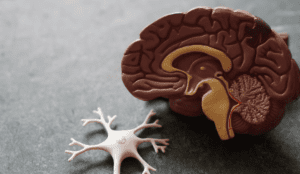Understanding WiFi and Its Impact on Health
The advent of WiFi technology has undoubtedly revolutionized our daily lives, offering unmatched convenience. However, many are not aware of the potential health impacts associated with WiFi usage. Scientific studies are mixed, with some claiming negligible effects, while others caution against severe outcomes like brain tumors and cancer. So, what’s the real story?
WiFi Explained
WiFi, short for wireless fidelity, is a wireless internet connection operating on 2.4 GHz Ultra High Frequency (UHF) and 5 GHz Super High Frequency (SHF) radio waves. These radio waves can penetrate through walls but can be blocked by larger physical structures like hills. Wireless local area network products must adhere to the IEEE’s 802.11 standards for clearance and use, encompassing devices like smartphones and personal computers.
Unlike wired products that require physical connections, such as ethernet cables, wireless products utilize non-ionizing microwaves considered too weak to cause substantial damage. However, this notion is disputed among some researchers.
WiFi’s Potential Effects on Health
Studies have suggested potential cancer risks from long-term cell phone use due to their proximity to our heads. However, similar evidence linking WiFi use to such risks has not been established. The general consensus suggests that long-term exposure to low-intensity WiFi is relatively harmless.
That being said, possible short-term effects of WiFi exposure may include headaches, memory loss, irritability, digestive issues, and irregular heartbeat. Potential long-term effects could potentially be associated with cancer, neurological illnesses, changes in brain function, and irritable bowel syndrome.
While these risks are still being explored, it’s wise to limit your WiFi exposure as a precautionary measure. Combining this with a healthy lifestyle can significantly contribute to maintaining good health amidst our wireless world.
Updated: July 16, 2023






